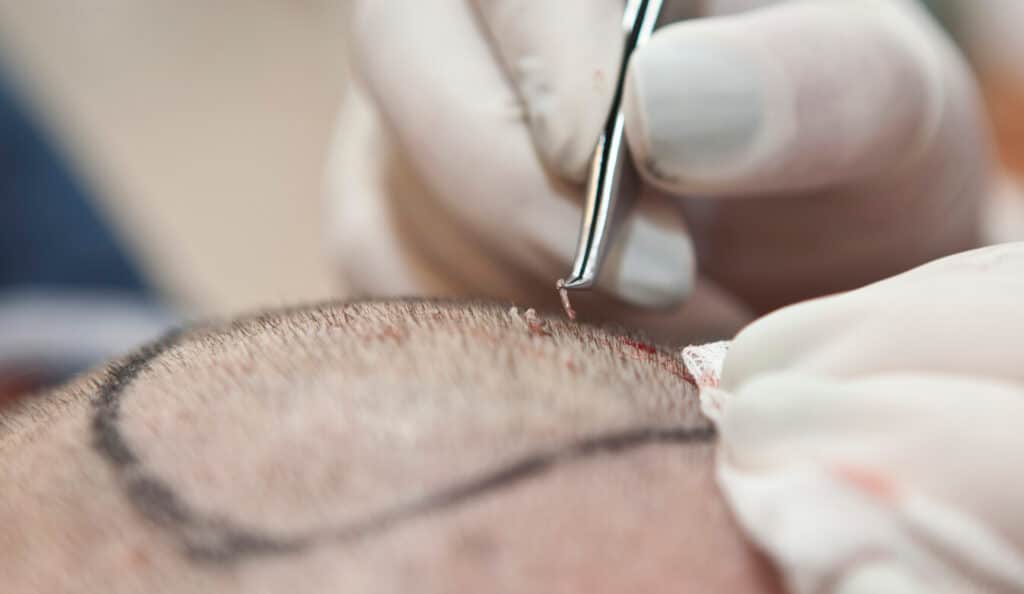Hair Transplant Cost: What’s the Breakdown?

When considering a hair transplant, understanding the cost is a crucial part of the decision-making process. Hair transplants offer a lasting solution to hair loss, but the financial aspect can often be daunting. To help you navigate this, it’s essential to break down the various factors that contribute to the overall expense. In this article, we will explore the key components involved in determining hair transplant cost, giving you a comprehensive view of what to expect.
Understanding Hair Transplant Cost
Hair Transplant Costs in Dubai can vary significantly depending on several factors. These include the type of procedure, the clinic's location, and the expertise of the medical professionals involved. The cost is generally influenced by the complexity of the transplant, the extent of hair loss, and the technology used. By breaking down these elements, you can gain a clearer picture of what contributes to the overall expense.
Types of Hair Transplant Procedures
There are two primary types of hair transplant procedures: Follicular Unit Transplantation (FUT) and Follicular Unit Extraction (FUE). Each of these methods has its own cost implications.
- Follicular Unit Transplantation (FUT): This procedure involves removing a strip of scalp from the donor area, which is then divided into individual follicular units for transplantation. FUT is often less costly than FUE because it requires less time in the operating room. However, it does leave a linear scar in the donor area, which may be a consideration for some patients.
- Follicular Unit Extraction (FUE): In FUE, individual hair follicles are extracted from the donor area using a small punch tool and then transplanted to the thinning or balding areas. This technique is generally more expensive due to its labor-intensive nature and the precision required. FUE is less invasive and does not leave a linear scar, which can be a significant advantage for many patients.
Factors Affecting the Cost
Several factors can impact the final cost of a hair transplant:
- Clinic Location: The geographical location of the clinic plays a significant role in determining the cost. Clinics in major cities or affluent areas often charge more due to higher overhead costs and demand. Conversely, clinics in less populated or less expensive areas might offer more competitive pricing.
- Surgeon’s Expertise: The experience and reputation of the surgeon performing the transplant can influence the cost. Highly experienced and renowned surgeons may charge a premium for their services due to their advanced skills and success rates.
- Extent of Hair Loss: The amount of hair loss and the size of the area needing treatment will also affect the cost. More extensive coverage requires more grafts, which in turn increases the overall expense.
- Technology Used: Advanced technology and techniques, such as robotic-assisted hair transplants, can drive up the cost. These technologies often provide more precise results and can reduce the risk of complications, but they also come with a higher price tag.
Additional Costs to Consider
Beyond the primary cost of the hair transplant itself, there may be additional expenses to consider:
- Consultation Fees: Many clinics charge a consultation fee to evaluate your suitability for a hair transplant and to discuss your options. This fee is often applied toward the cost of the procedure if you decide to proceed.
- Pre- and Post-Operative Care: The cost of pre-operative assessments, such as blood tests or imaging, as well as post-operative care and medications, should be factored into your overall budget. Follow-up visits to monitor progress and ensure optimal results may also incur additional costs.
- Travel and Accommodation: If you are traveling to a different city or country for your hair transplant, you will need to budget for travel and accommodation expenses. These costs can add up, especially if multiple visits are required.
Financing Options
Many clinics offer financing options to help manage the cost of a hair transplant. These options may include payment plans, medical loans, or partnerships with financial institutions. It’s worth exploring these options to find a solution that fits your budget and makes the procedure more affordable.
Evaluating the Value
While cost is an important consideration, it’s equally important to evaluate the overall value of the hair transplant. This includes assessing the quality of the clinic, the expertise of the surgeon, and the expected outcomes. Choosing a clinic solely based on cost might lead to compromises in quality, which can affect the success of the transplant and your satisfaction with the results.
In summary, understanding hair transplant cost involves more than just knowing the price tag. By considering the type of procedure, the factors influencing cost, additional expenses, and financing options, you can make a more informed decision. Weighing these elements against the value and potential benefits of the procedure will help ensure that you choose the best option for your needs and budget.